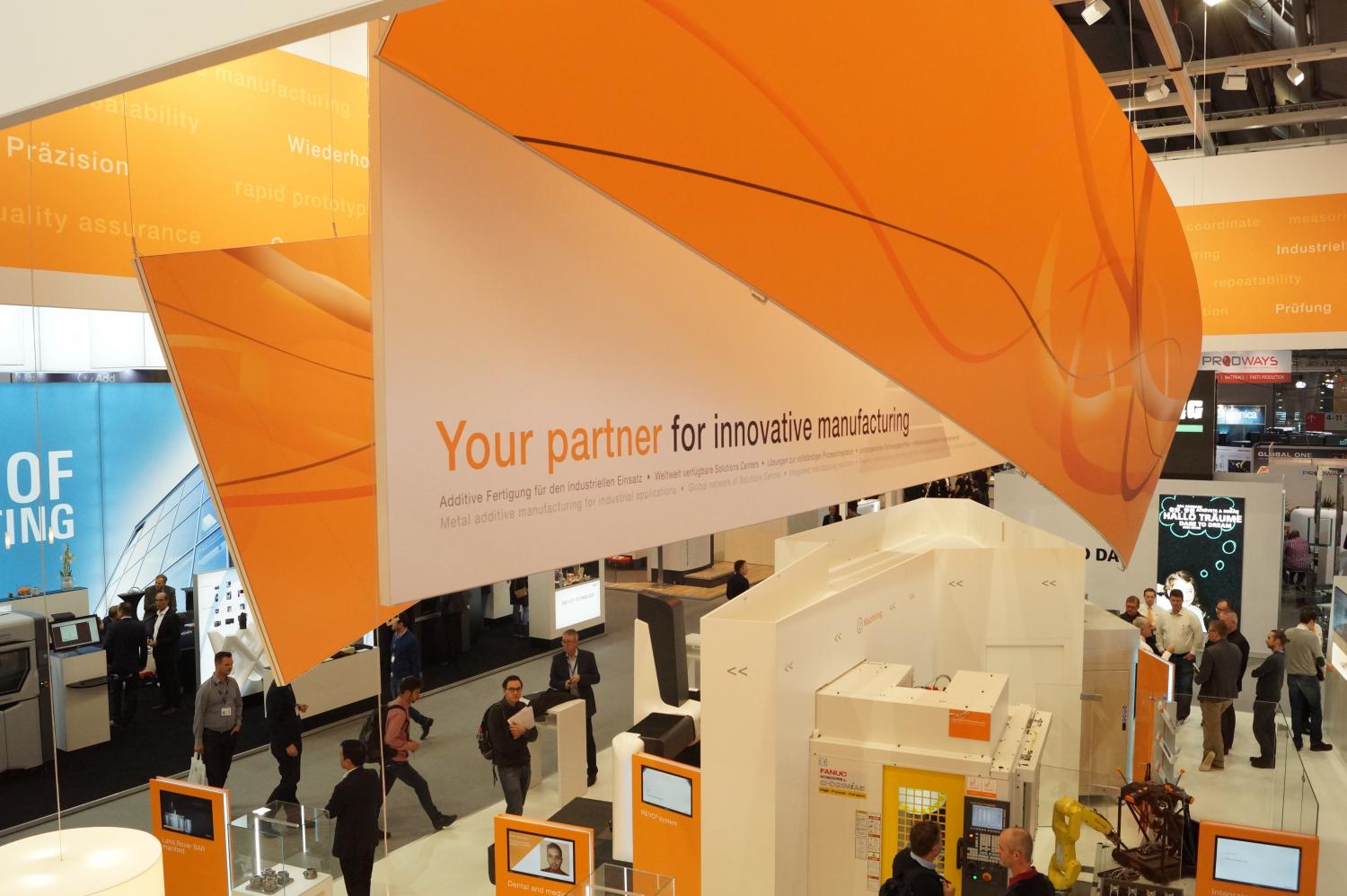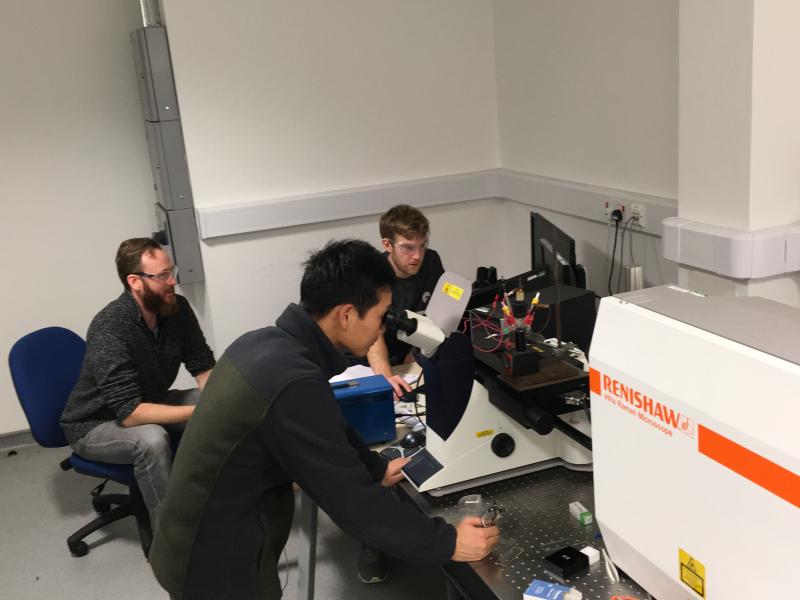Power generation is shifting from traditional to less predictable renewable sources. Consumers are demanding faster charging and longer battery life for their products. Both trends require the development of better energy storage devices.
The Stephenson Institute for Renewable Energy, part of the Department of Chemistry, University of Liverpool, UK, is developing these devices, in the form of batteries and supercapacitors. Key to this work is understanding the interfacial processes that occur at electrode surfaces. The team, headed by Prof Laurence Hardwick, is investigating the reaction mechanisms that lead to surface layer formation and identifying the species that form these layers. It is vital to understand these since they influence the performance and safety of both metal-air and lithium-ion batteries.
They use a range of in situ analytical techniques in their studies: infrared (IR) spectroscopy; x-ray photoelectron spectroscopy (XPS); UV-Vis; and Raman spectroscopy. Each technique has its advantages. IR spectroscopy allows them to investigate the mechanisms that lead to electrolyte decomposition during attack by the superoxide species formed during oxygen reduction in lithium-air batteries. They use XPS to study the chemical elements present in the top few nanometres of the electrode surfaces, their quantities and oxidation state. They determine the electronic state of reduced oxygen species, which can adversely affect device stability, with UV/Vis spectroscopy.
Raman spectroscopy is a particularly powerful technique for this application. Hardwick’s group uses a Renishaw inVia confocal Raman microscope for this work. They can study the electrode through the electrolyte, with a high spatial resolution, with high sensitivity and non-destructively.
The team’s inVia instrument uses an inverted microscope configuration. This makes it easy to analyse working electrochemical cells (operando measurements), where they can identify intermediate species in reactions and study phase changes. They also get valuable information from ex situ Raman mapping measurements. For example, they identify the different discharge products produced on cathodes, and determine their distribution.
The inVia has helped the team to get a better understanding of the oxygen reduction reaction (ORR) and oxygen evolution reaction (OER) mechanisms, and the intermediary species that are formed. They use surface enhanced Raman scattering to amplify the electrode surface spectra, whilst electrochemically cycling the cells. This has enabled them to look at Li-ion and Na-ion cells having electrodes ranging from graphite and graphene to carbon-coated oxides.
Further details of the group's publications can be found on the University of Liverpool website.
See examples of the Renishaw inVia confocal Raman microscope being applied to battery research on our battery technology page.
About Renishaw
Renishaw is one of the world's leading engineering and scientific technology companies, with expertise in precision measurement and healthcare. The company supplies products and services used in applications as diverse as jet engine and wind turbine manufacture, through to dentistry and brain surgery. It is also a world leader in the field of additive manufacturing (also referred to as 3D printing), where it is the only UK business that designs and makes industrial machines which ‘print' parts from metal powder.
The Renishaw Group currently has more than 70 offices in 35 countries, with over 4,500 employees, of which 3,000 people are employed within the UK. The majority of the company's R&D and manufacturing is carried out in the UK and for the year ended June 2017 Renishaw achieved sales of £536.8 million of which 95% was due to exports. The company's largest markets are China, USA, Germany and Japan.
The Company's success has been recognised with numerous international awards, including eighteen Queen's Awards recognising achievements in technology, export and innovation. Renishaw received a Queen’s Award for Enterprise 2014, in the Innovations category, for the continuous development of the inVia confocal Raman microscope. For more information visit www.renishaw.com
For further information
Please contact:
Ian Hayward
Renishaw plc
New Mills
Wotton-under-Edge
Gloucestershire GL12 8JR UK
Tel: +44 1453 523833 (direct)
Tel: +44 1453 524524 (switchboard)
Fax: +44 1453 523901
Email: [email protected]
www.renishaw.com/raman




 Germany
Germany 